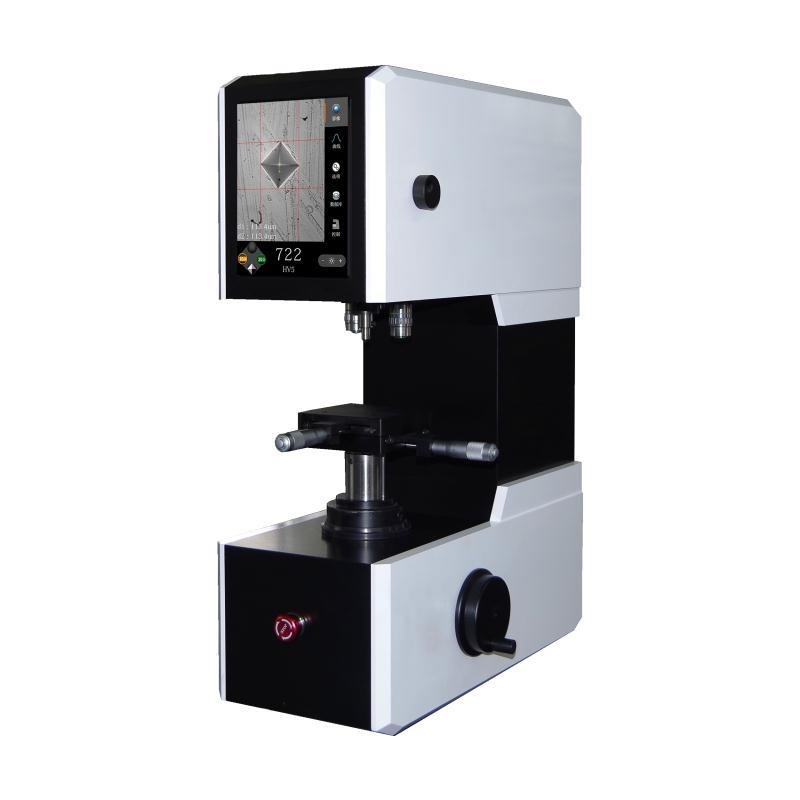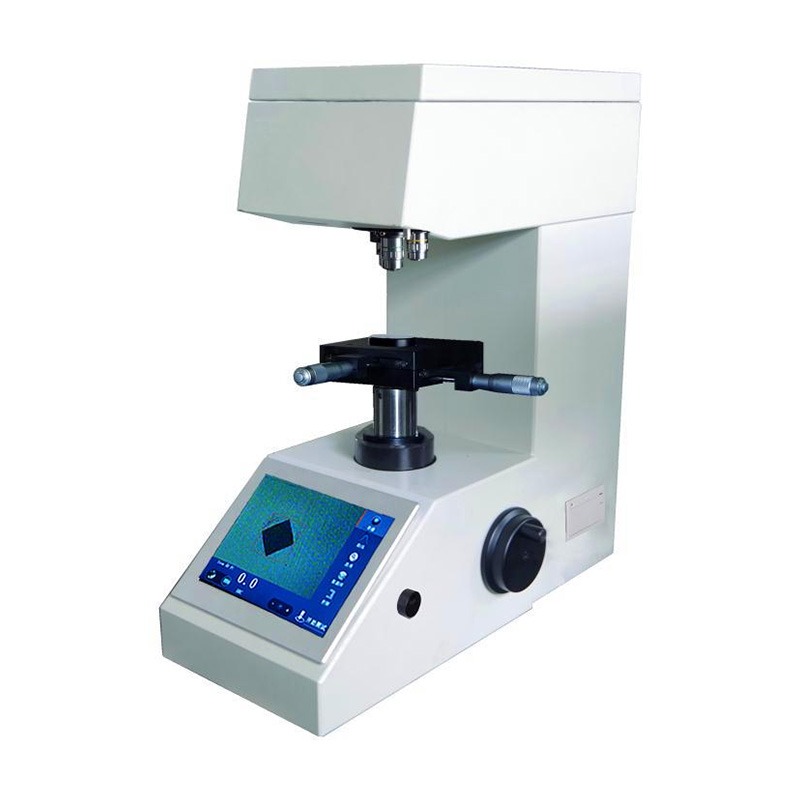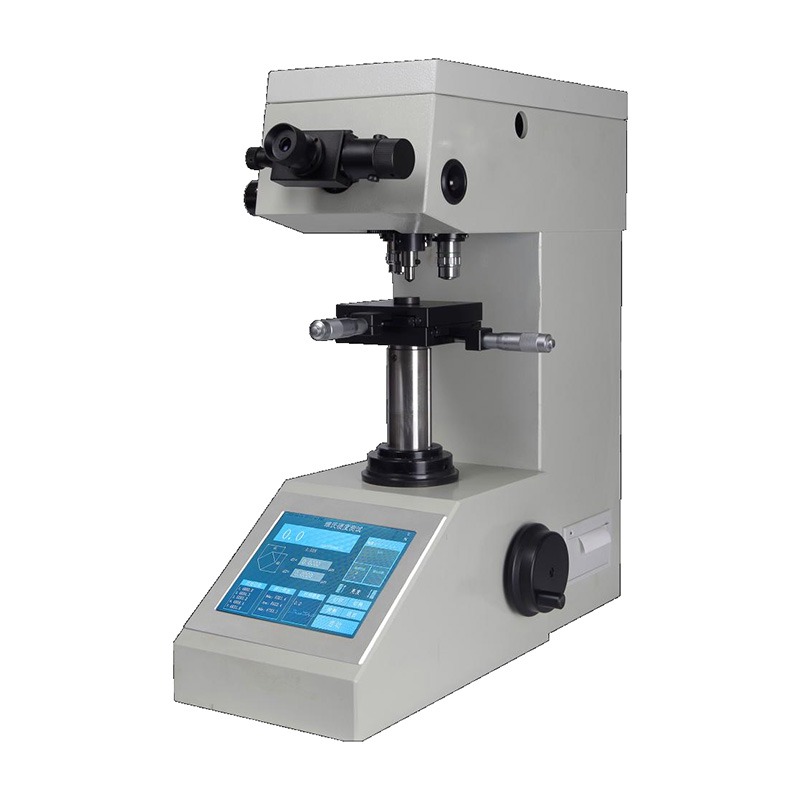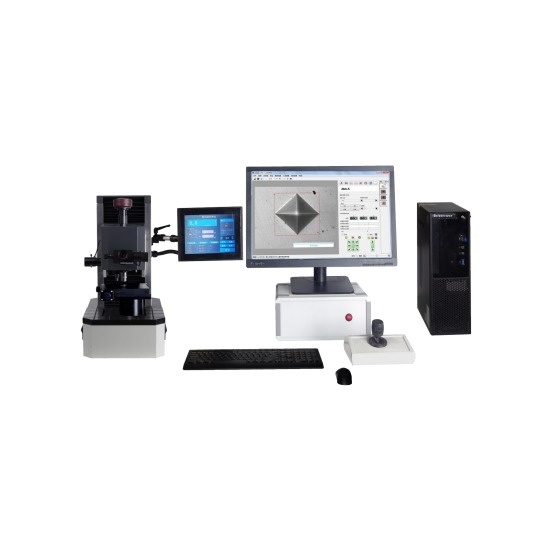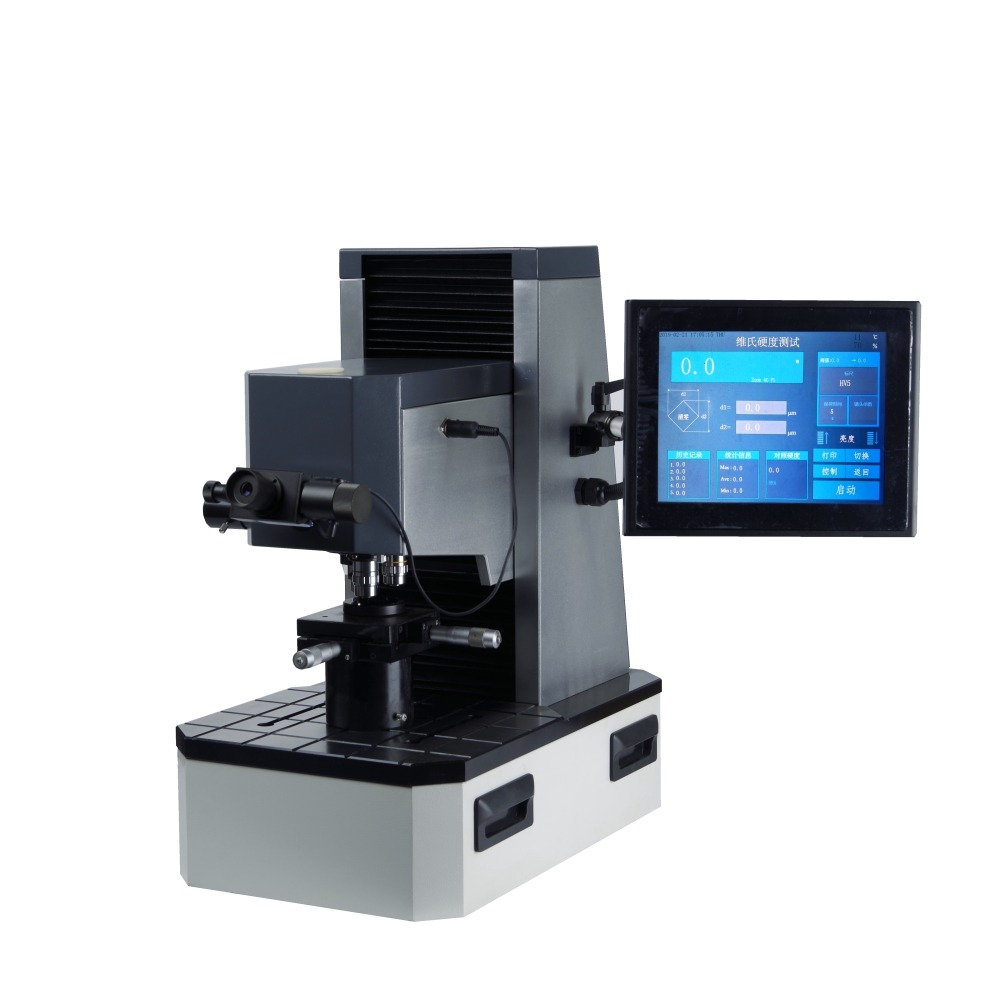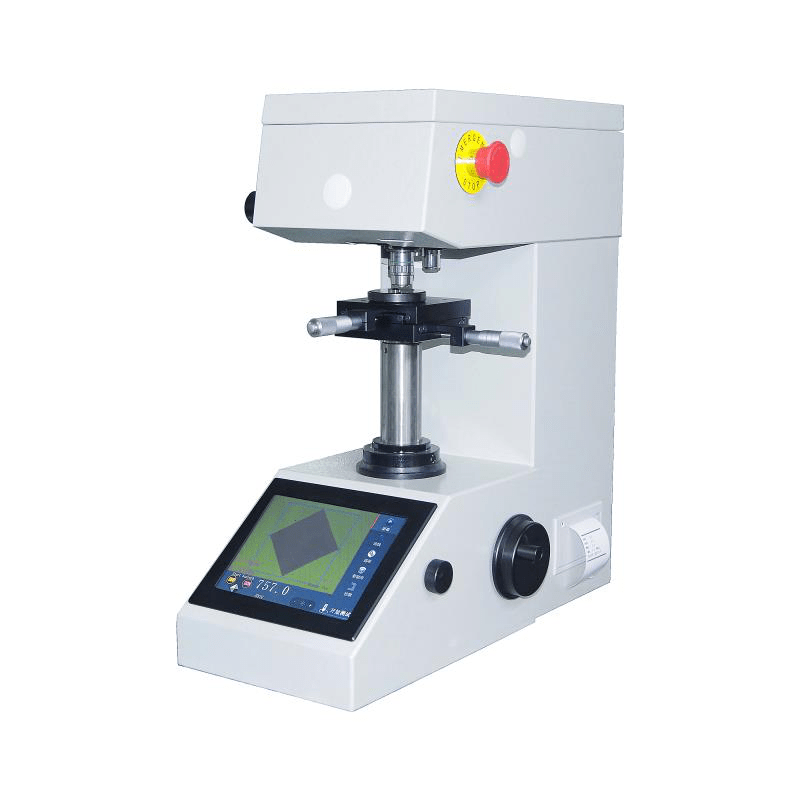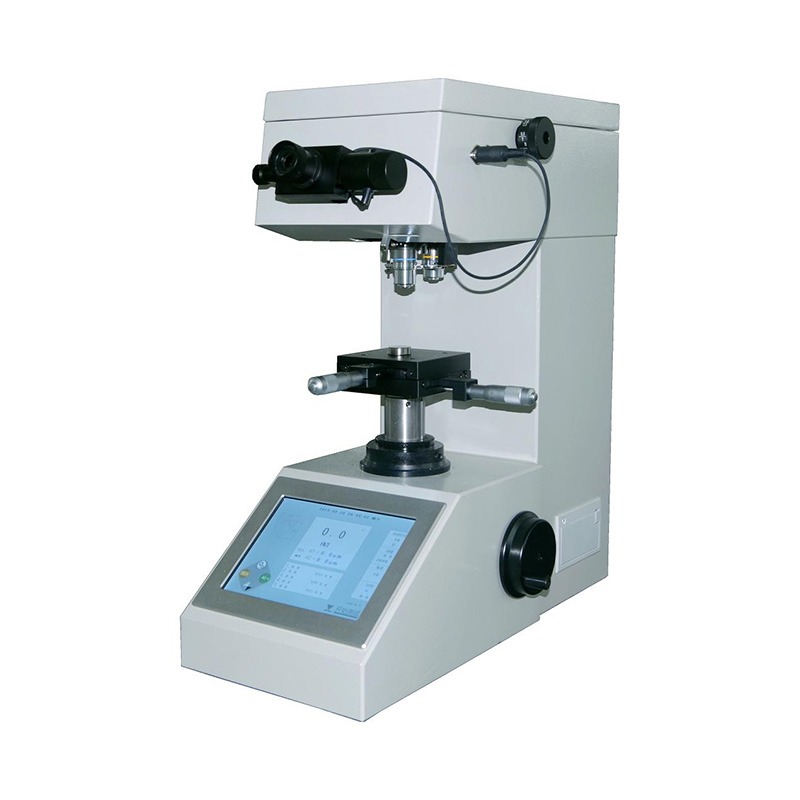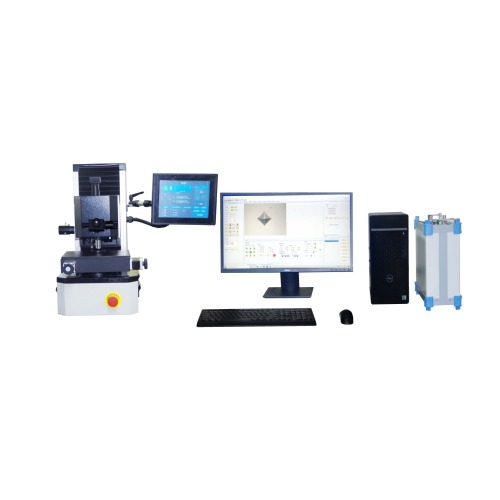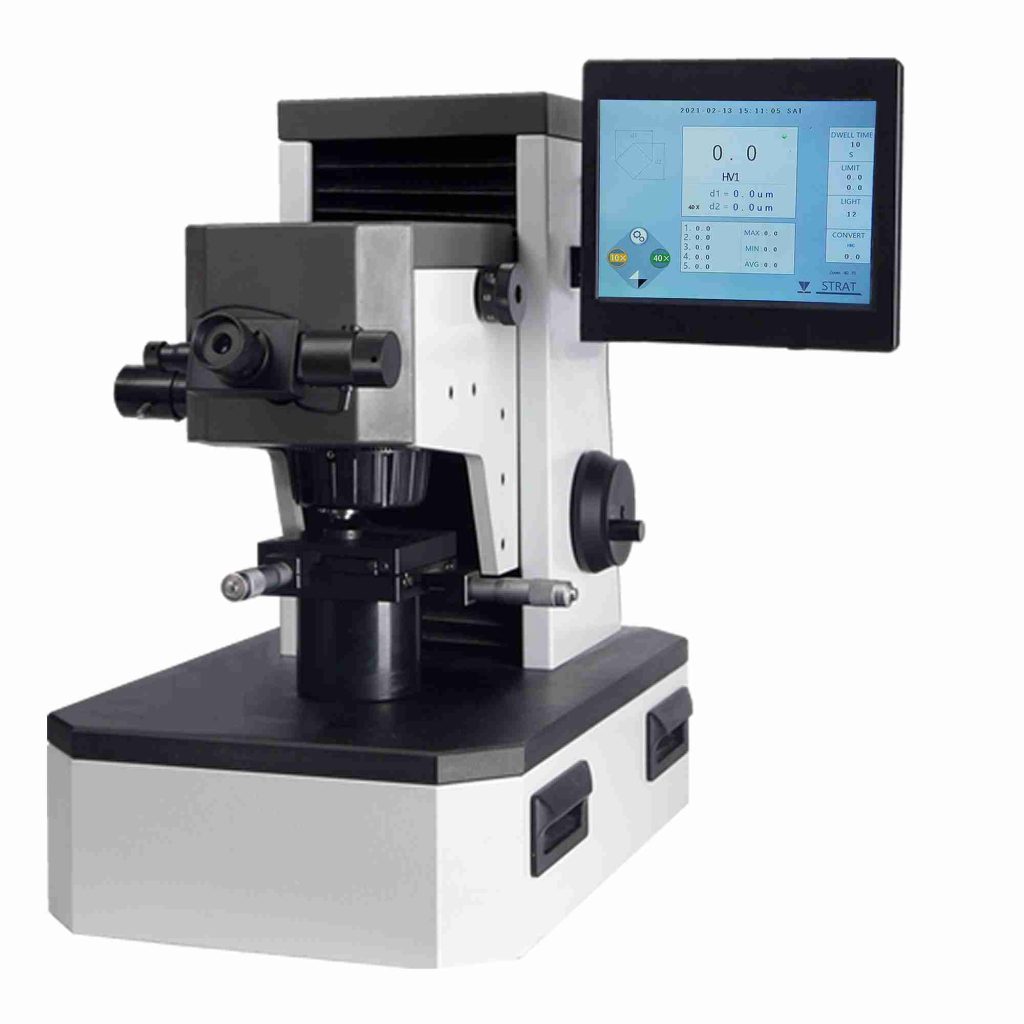Hardness Tester
The hardness tester supplied by Drawell is a reliable instrument designed to measure the hardness of various materials, including metals, plastics, and ceramics. It provides precise and accurate readings using advanced testing methods such as Rockwell, Brinell, and Vickers scales. Ideal for industrial applications and quality control.
Drawell hardness tester ensures durability, ease of use, and consistent performance, making it a valuable tool for engineers and material scientists.
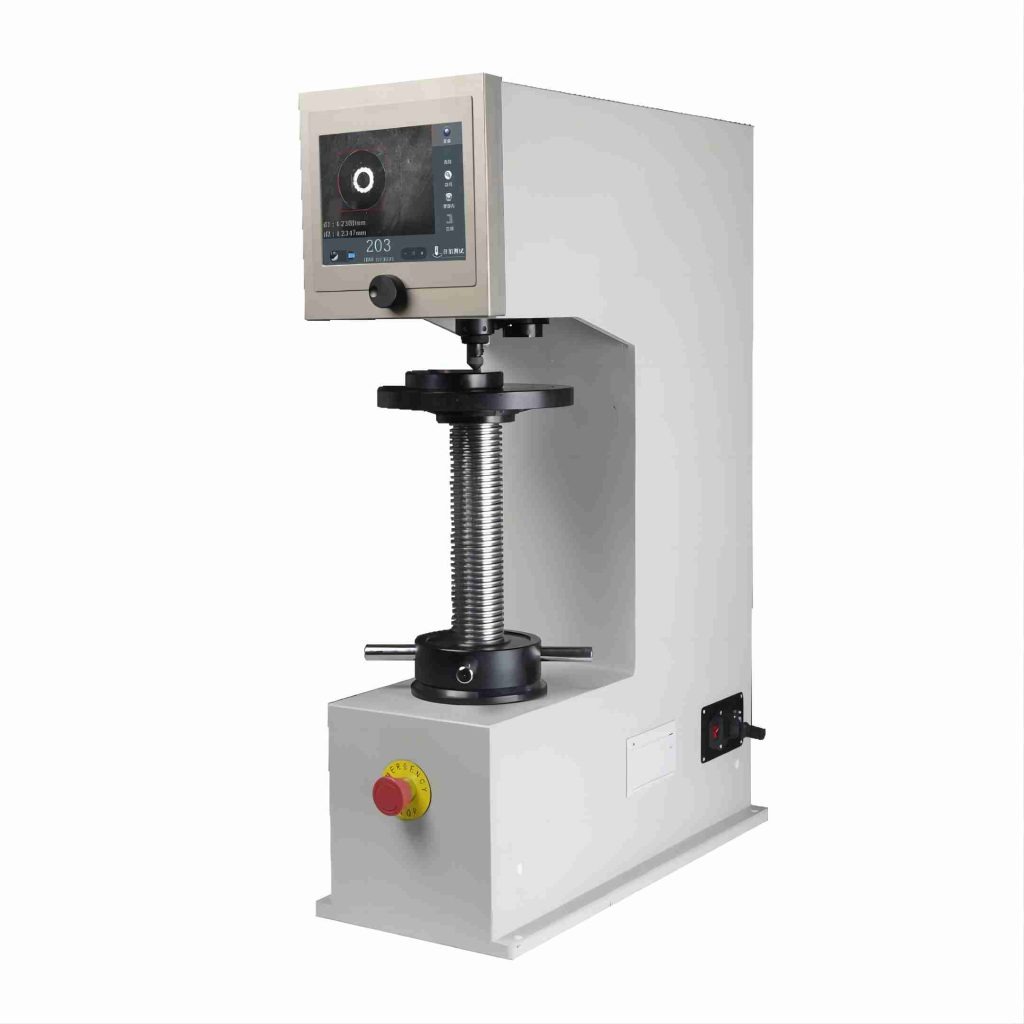
Features of Hardness Tester
Hardness test is the simplest and easiest test method in mechanical property testing. In order to use hardness testing to replace certain mechanical property tests, a more accurate conversion relationship between hardness and strength is needed in production.
Brinell Hardness (HB)
Brinell hardness is measured by pressing a hardened steel ball of a certain size (usually 10mm in diameter) into the surface of the material with a certain load (usually 3000kg) and keeping it for a period of time. After the load is removed, the ratio of the load to its indentation area , which is the Brinell hardness value (HB), and the unit is kilogram force/mm2 (N/mm2).
Rockwell Hardness (HR)
When HB>450 or the sample is too small, Brinell hardness test cannot be used and Rockwell hardness measurement is used instead. It uses a diamond cone with a vertex angle of 120° or a steel ball with a diameter of 1.59 or 3.18mm to press into the surface of the material to be tested under a certain load, and the hardness of the material is calculated from the depth of the indentation.
According to the different hardness of the test material, there are three different situations:
- HRA: It is the hardness obtained using a 60kg load and a diamond cone intruder, and is used for extremely hard materials (such as cemented carbide, etc.).
- HRB: It is the hardness obtained by using a 100kg load and a hardened steel ball with a diameter of 1.58mm. It is used for materials with lower hardness (such as annealed steel, cast iron, etc.).
- HRC: The hardness is obtained using a 150kg load and a diamond cone intruder, and is used for materials with very high hardness (such as quenched steel, etc.).
Vickers Hardness (HV)
Vickers hardness is determined by pressing a diamond square cone intruder with a vertex angle of 136° into the surface of the material with a load within 120kg and dividing the load value by the surface area of the material indentation pit, which is the Vickers hardness value. (HV).
Types of Hardness Tester
Brinell Hardness Tester
Rockwell Hardness Tester
Vickers Hardness Tester
Micro-Vickers hardness Testers
Applications of Hardness Tester
Hardness analysis of steel, cast iron, non-ferrous metals, ferrous metals and other substances.
- Brinell hardness tester: mainly used to test unquenched steel, cast iron, non-ferrous metals and meat team bearing alloy materials. Represented by HBW.
- Vickers hardness tester: mainly used to measure the hardness of ferrous metals, non-ferrous metals, hard alloys (such as aluminum alloys) and surface carburizing and nitriding layers. Represented by HV.
- Rockwell hardness tester: used to test the hardness of this kind of steel (including alloy steel, stainless steel). This is the most important and most commonly used type of hardness tester. It is also usually divided into Rockwell hardness tester, electric Rockwell hardness tester, digital Rockwell hardness tester, digital surface Rockwell hardness tester and surface Rockwell hardness tester.
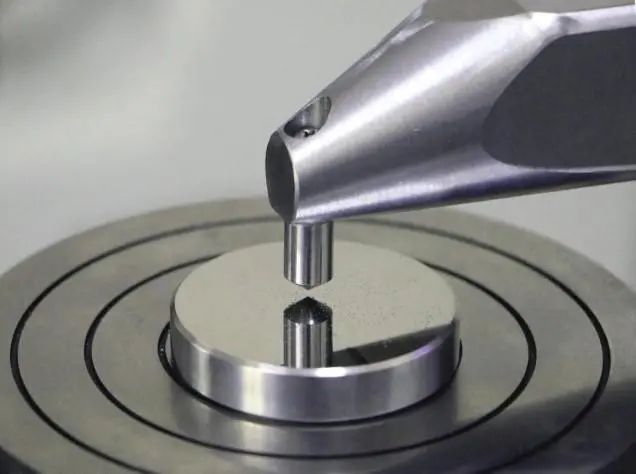
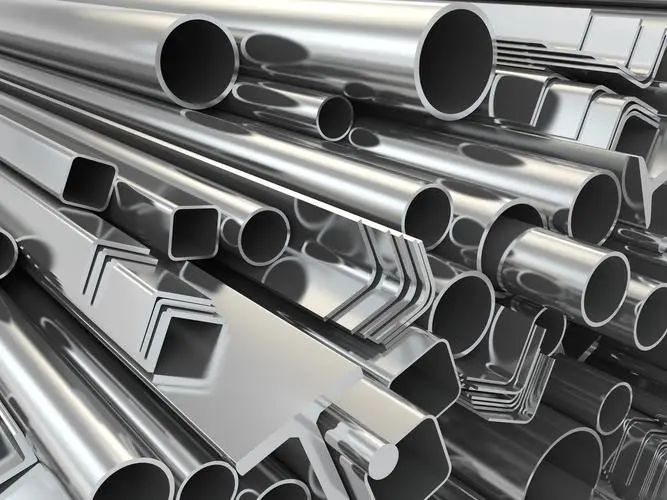
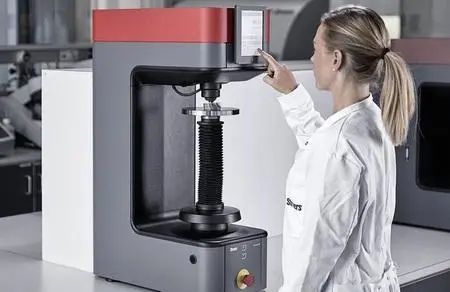
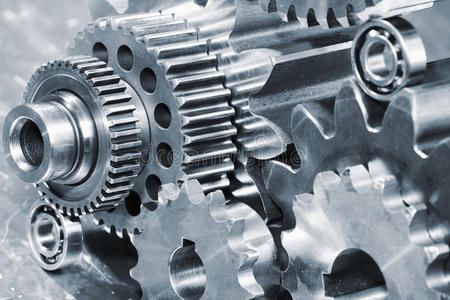
How to choose the model?
Brinell hardness tester is often used to test unquenched steel, cast iron, casting, non-ferrous metals and soft bearing alloy materials, expressed as HBW. In addition to general digital Brinell hardness testers, there are also portable Brinell hardness testers, hammer-type Brinell hardness testers and gate-type Brinell hardness testers;
Rockwell hardness tester is usually used to test the hardness of various steel materials (including alloy steel and stainless steel). The surface roughness of the sample is required to be less than or equal to 0.8μm;
Vickers hardness tester. It is used to measure the hardness of ferrous metals, non-ferrous metals, hard alloys (such as aluminum alloys) and surface carburized and nitrided layers, small products, and products with thin surface layers. For materials with very thin surface layers and low hardness, use Microhardness tester. This kind of hardness tester is equipped with a microscope (called a microhardness tester by the manufacturer) to observe the dents made. Some are also equipped with a programmed calculator, which can make the hardness value calculation quickly and accurately.
The microhardness tester is a new type of microscopic Vickers and Knoop hardness testing instrument using precision mechanical technology and photoelectric technology. It has good reliability, operability and intuitiveness. The microhardness tester adopts a unique indentation measurement conversion It has a one-time measurement and reading mechanism with a micrometer eyepiece. It is easy to use and has high measurement accuracy. The microhardness tester can also be equipped with a photographic device according to the user’s special requirements, which can photograph the measured indentation and metallographic structure of the material. It is widely used in measuring small, The microhardness of thin specimens, surface coatings and other specimens and the determination of the Knoop hardness of brittle and hard materials such as glass, ceramics, agate, artificial gemstones, etc. are important materials research carried out by scientific research institutions, factories and quality supervision departments. The ideal hardness testing instrument for testing.
Why Choose Us?
“Multiple suppliers” have always been an issue in the procurement process. Drawell as a one-stop laboratory equipment and scientific instruments supplier, can perfectly solve this problem. In addition to manufacturing our own equipment, we also represent other laboratory equipment. Our product lines are rich and diverse at competitive prices. Provide one-stop service to customers.
User Training – Training by Drawell skilled engineers about installation, debug tests, technical services, etc. It can happen in our factory in China, or at the site in the customers’ country. Cost depends on where and when the training happens.
To discuss the problem and get it resolved, online chats, real-time video calls, and remote guidance. For the after-sales stage, our online technical guidance is free and ready forever.
1 year free official warranty, including repairing quality-damaged parts, and offering replacements of selected parts (shipping cost is extra). 5% of the product price is charged for extending the warranty before the end of the official warranty.
Order Process


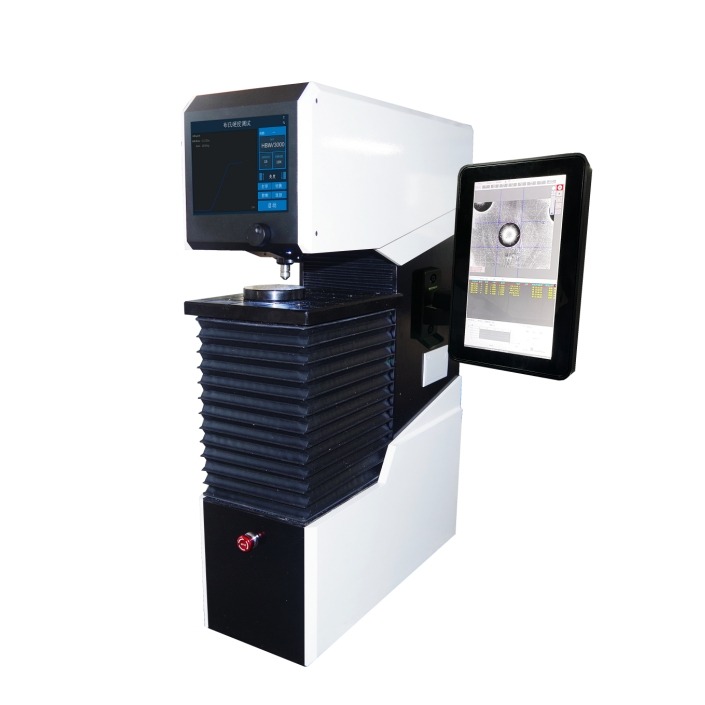
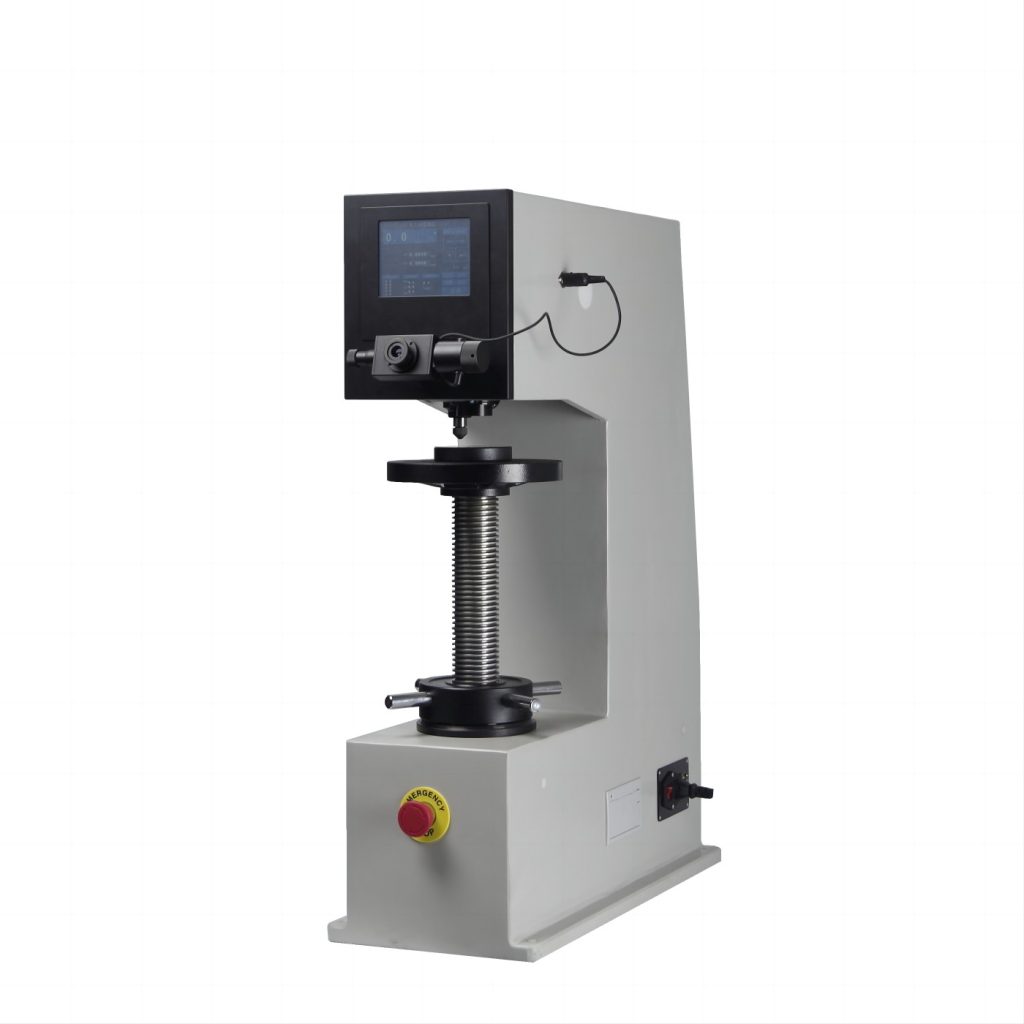
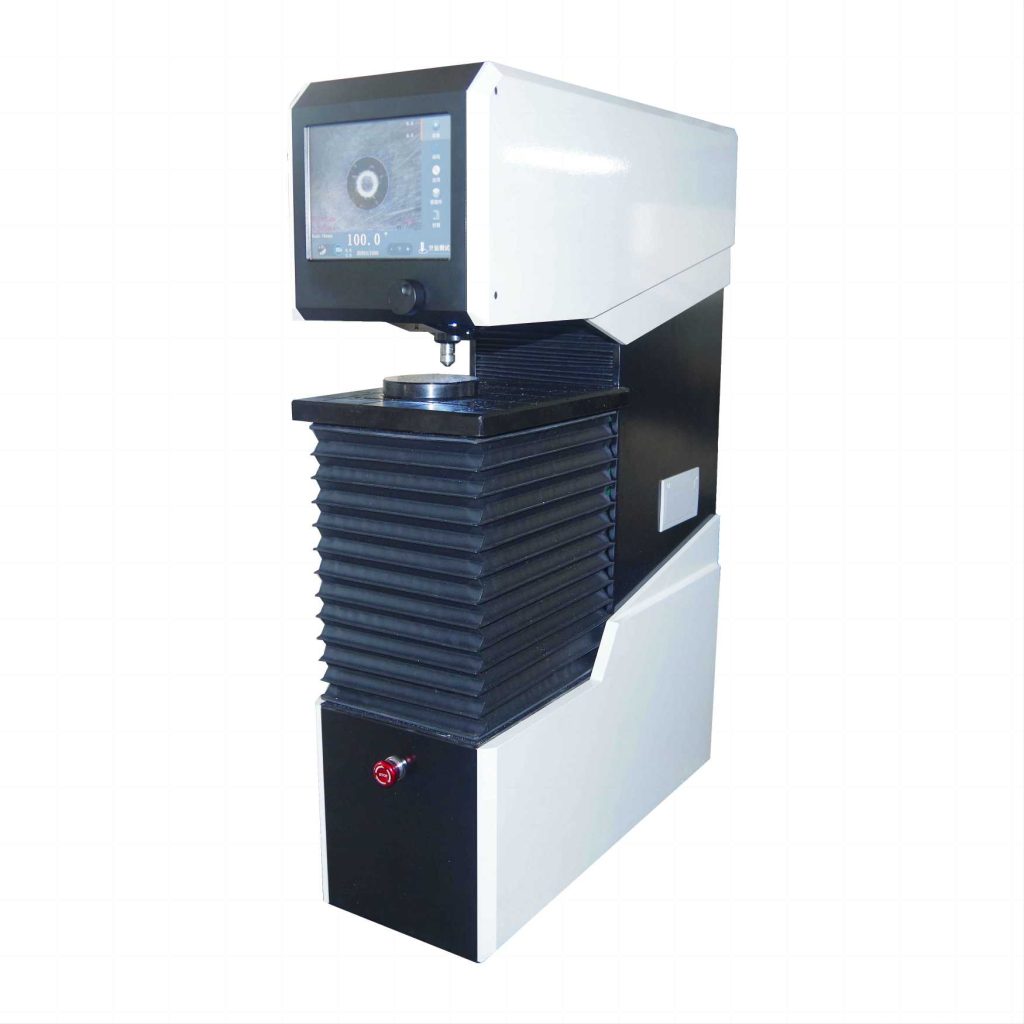
.png)
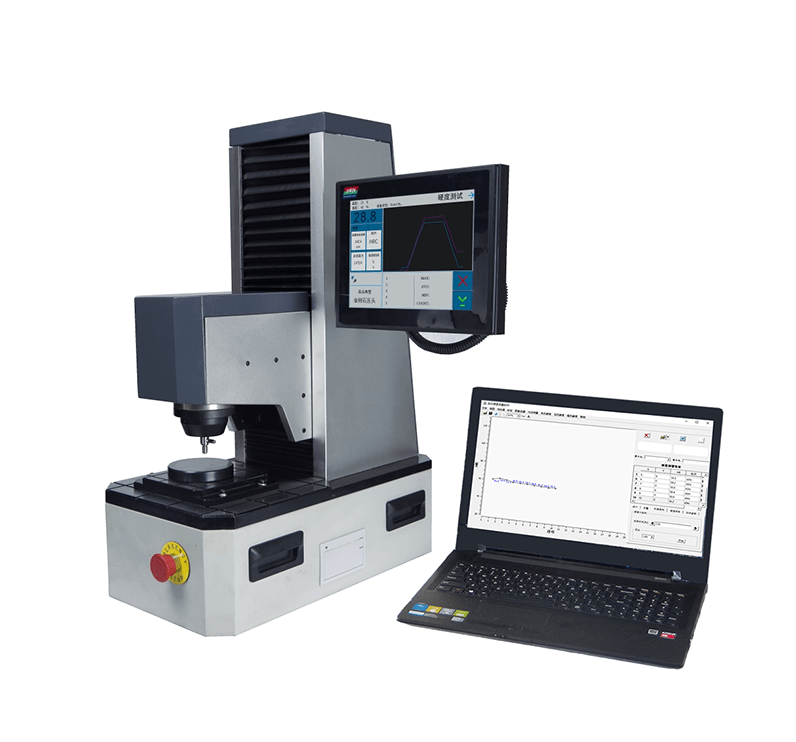
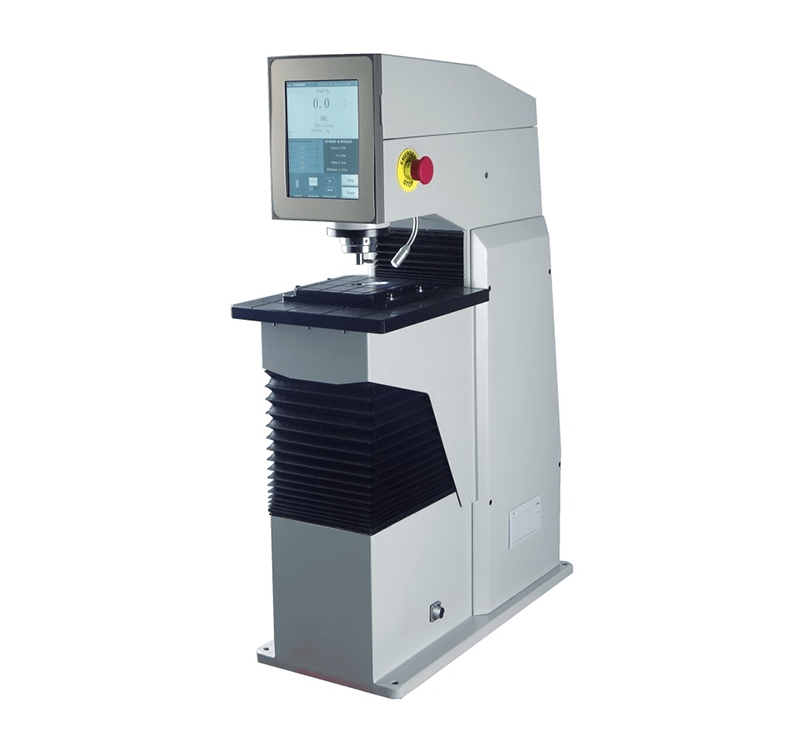
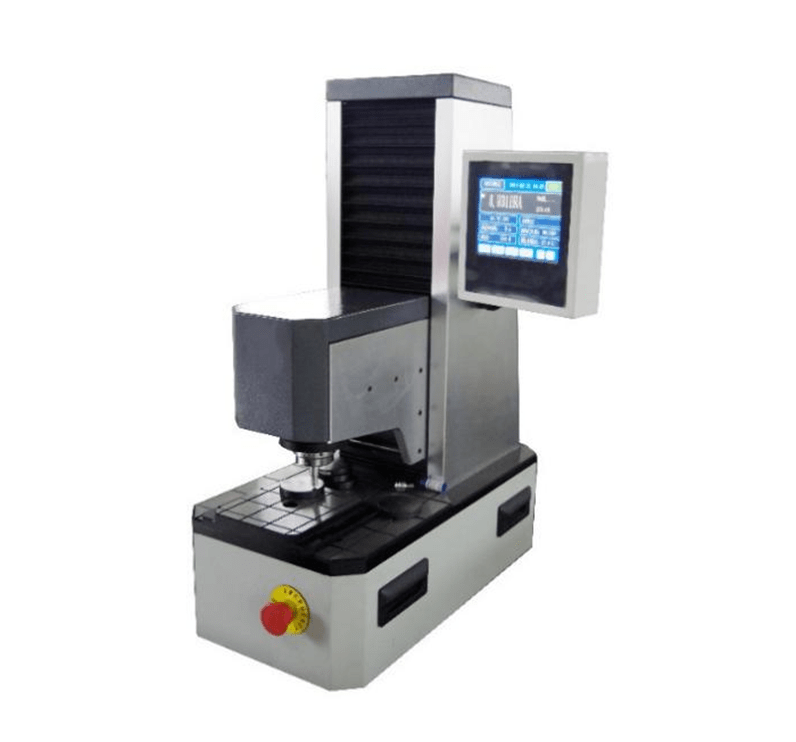
.png)
X-1-1024x1024.jpg)
